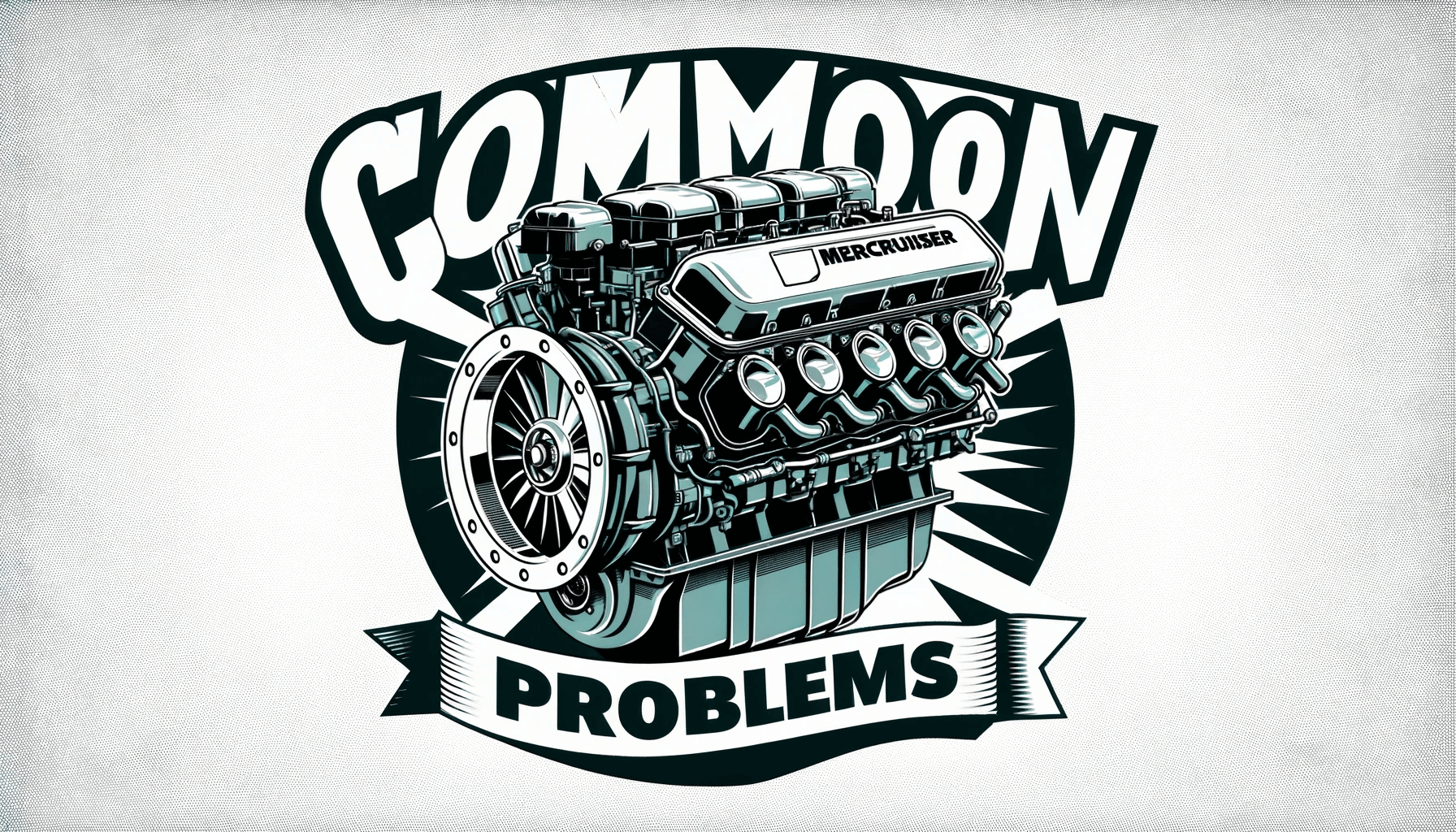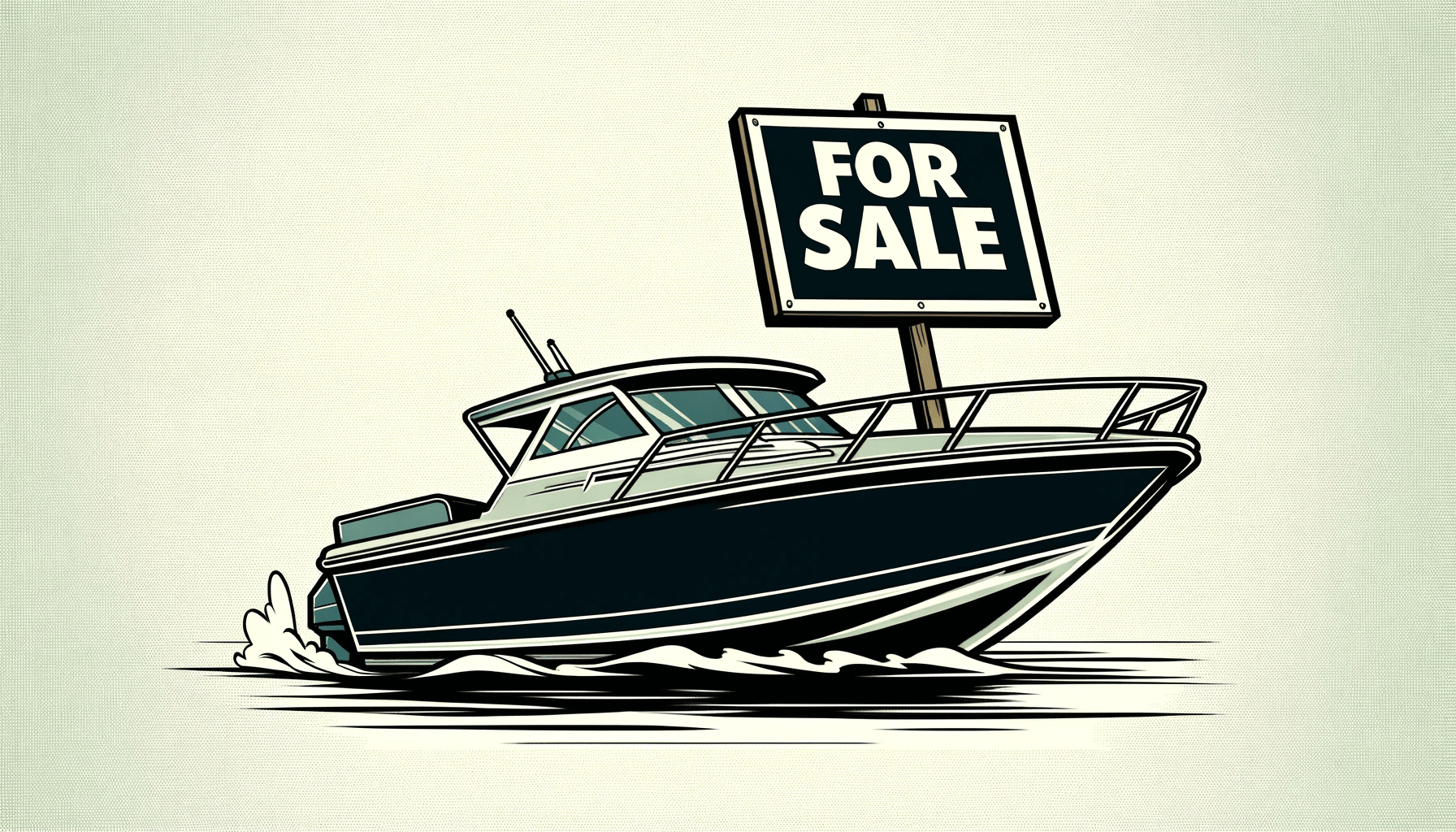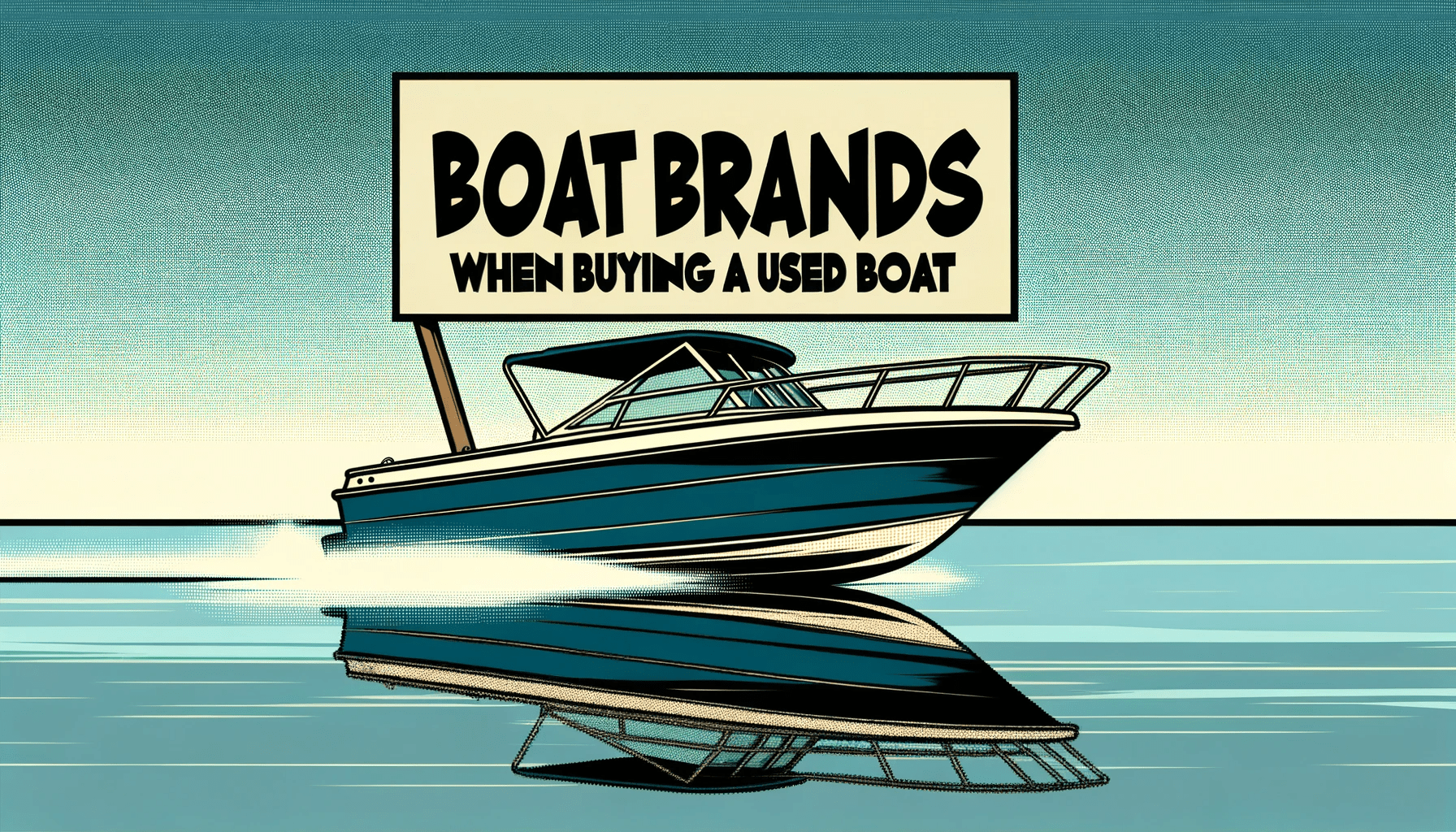Evaluating a used marine diesel engine involves a meticulous process to ensure reliability and efficiency. Start with a thorough review of the service history, looking for regular maintenance records as per the service manual. Next, inspect for external corrosion, particularly around the lower parts of the engine, and check for any signs of leaks, especially when the engine is under load. A sea trial is crucial; observe if the engine reaches its rated RPM and listen for any unusual noises. Monitor the engine temperature to ensure it aligns with the manufacturer’s specifications. Check for blow-by, which can indicate internal wear, by inspecting under the rocker cover cap. Lastly, analyze engine oil samples for contaminants like salt water. Remember, the engine’s age should be considered when assessing its condition. This comprehensive approach will help you determine the health and potential of a used marine diesel engine
In the vast ocean of marine diesel engines, whether you’re eyeing a modest 300 horsepower unit or a formidable 1500 horsepower beast, the principles of assessment remain constant. This guide delves into the seven critical steps to evaluate a used marine diesel engine, ensuring you navigate towards a reliable and efficient choice.
Follow Merrill Charette for more content, sign up at www.shipshape.pro for your boat service needs, and www.mida.profor marine business knowledge
Service History – The Chronicle of Care
Regular servicing at regular intervals as per the service manual, you’re going to be on to a winner, emphasizing the importance of a well-documented service history. It’s the first and perhaps most telling sign of an engine’s health. Regular, scheduled maintenance as opposed to breakdown maintenance is a clear indicator of an engine’s reliability and the owner’s diligence.
External Corrosion – The Silent Saboteur
Assessing an engine for external corrosion requires a keen eye. Start from the bottom, looking for tide lines and corrosion, and work your way up. As you work your way up, you might see things that have leaked and dripped down, which are telltale signs of potential issues.
External Leaks – The Telltale Signs
When the engine runs under load, it’s crucial to inspect for external leaks. Look closely at hoses, aftercoolers, heat exchangers, and water pumps. Stains or corrosion around these areas can be revealing. You might be surprised with where water is actually currently still leaking out of.
Satisfactory Sea Trial – The Performance Test
A sea trial is not just a formality; it’s a critical test of the engine’s capabilities. Make sure that the engine alarm works, and pay attention to whether the engine achieves its rated RPM. Failure to reach the expected RPM could indicate issues ranging from external factors like hull fouling to internal engine problems.
Engine Temperature – Running Hot or Not?
Knowing and verifying the engine’s operating temperature against the manufacturer’s recommendation is crucial. An engine running hotter than designed can indicate neglected cooling system service, leading to increased wear.
Blow-By – The Hidden Indicator
Blow-by can be a subtle yet significant sign of engine wear. Pop a rocker cover cap and visually see how much blow-by the engine has. Comparing this in twin engine setups can quickly reveal if the blow-by is excessive.
Engine Oil Samples – The Liquid Report Card
Taking engine oil samples can uncover issues not apparent in service records or visual inspections. If you have no service history and you take an oil sample and you find salt water in the engine, you’ll be grateful that you took that oil sample.
Age and Perspective
Finally, it’s crucial to consider these steps relative to the boat’s age. A 20-year-old vessel will naturally show some signs of wear, and it’s important to balance expectations with reality. Understanding these seven steps will guide you in making an informed decision, ensuring that your marine diesel engine is not just a power source, but a reliable partner in your maritime ventures.
Brought to you by
SHIPSHAPE.PRO – Innovative platform that bridges the gap in marine repair
&
MIDA.PRO – Marine Industry Digital Agency – Web dev / Marketing
Podcast – SHIPSHAPE INTERNATIONAL OCEAN INSIGHT










